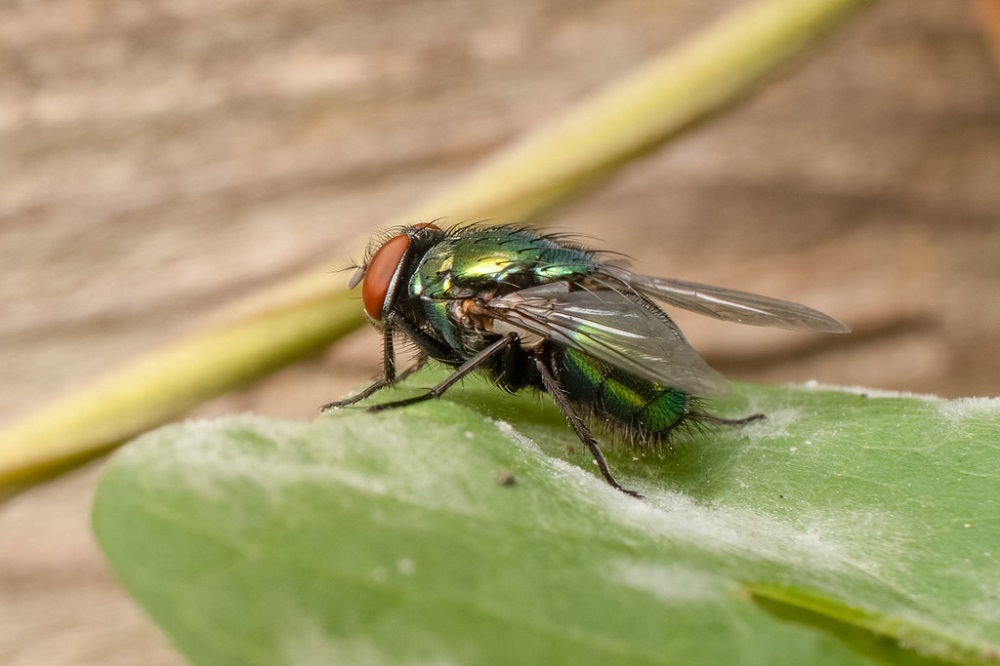
The Fascinating Secrets Of The Blue Bottle Bug Unveiled
The bluebottle fly causes problems in the home. Its Latin name, Protophormia Terraenovae, also exists. The Calliphoridae family is where you’ll find it. The species’ distribution across Europe is extensive. The fly’s huge abdomen sets it apart from common house flies. It has a metallic sheen and comes in a pale blue hue. Those fly fans are like the Flying Knights. The flies will ram their chests in combat, but their short antennae will prevent tangles.
They have four tarsi on each leg, and their armour is covered in sharp spikes. Those characteristics are what set the blue bottle fly apart from other species. It is possible to confuse it with the green bottle fly, especially in bright sunlight or while the fly is in flight. But as it touches down, all of your questions will be answered. Once the fly settles in one spot, the hue becomes readily apparent.
The Eggs And Maggots Of The Blue Bottle Fly
Adult bluebottle flies are drawn to putrid odours. Why? Because the odour alerts them that something is decaying and must be dealt with immediately. Their eggs can be found in decomposing debris such as dead animals, excrement, or garbage.
Maggots of the bluebottle fly will emerge from the eggs in two to three days. They will begin to eat their way out and reach full maturity in approximately three days. The maggots will then seek refuge in the earth or any other dark, humid area, such as your trash can or underneath your sink.
Maggots will develop into adult butterflies. If you were to release a new batch of bluebottle flies within two weeks, they would be mature enough to cause problems.
How Bluebottle Flies Can Easily Infest Your House
Your home’s infestation will likely begin in the basement or the attic. Occasionally, from various sources, including electrical systems and garden compost bins. In other words, any place where organic matter decomposition occurs, such as where a dead animal might be.
If you have rats in your basement from pests, you may have dead birds in your attic or on your roof from poison. Both your trash and compost contain decaying organic material. The blue bottle bug can lay its eggs in any of those areas.
What Can You Do If You Have A Fly Problem In Or Around Your Home?
The only way to permanently solve a fly problem is to locate its breeding site and clean or eliminate it. The origin matters most. Most of these flies live only briefly, yet they can quickly produce a new generation. A whole generation can be made in as little as ten days, after which they are sexually mature and ready to mate again.
You know you have to start hunting for something dead if you observe flies sunning themselves on the side of your house or if they keep appearing and buzzing about your windows inside. It’s a grim thought, but perhaps a dead mouse or bird has been deposited in your basement window well or chimney. Try to follow their flight path to see if you can find their nesting ground.
Conclusion
Bluebottle flies can transform other pests into vector agents. The bluebottle fly chooses specific insects or surfaces to infect with their larvae, and these are called “vector agents.” That is to say, she can either set a trap or hire another insect to infect you. Anything from common house insects to damp soil can serve as vector agents. Even if a person has no visible cuts or scrapes, the fly fans can infest them. Myiasis-capable flies often congregate around garbage or open wounds. Still, this flying knight is up to any challenge.




